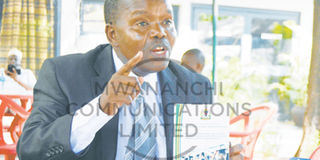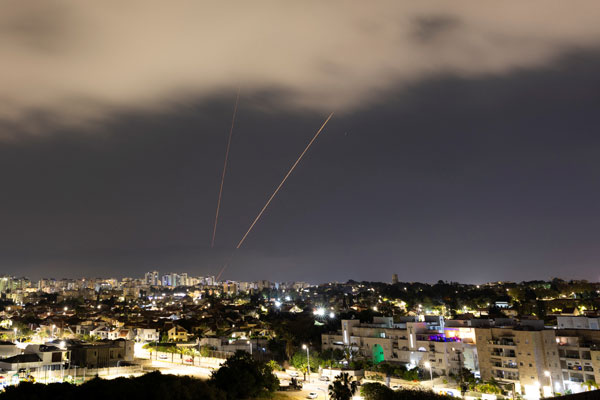Classrooms short of 36pc of students in private schools

Tanzania Association of Owners and Managers of Non-Government Schools (Tamongsco) secretary general, Mr Benjamin Nkonya
What you need to know:
- He proposes that talks be held between private school owners and government negotiations on how the classrooms can be used to accommodate children who have passed their primary studies but have missed chances for secondary education.
Dar es Salaam. Thirty-six per cent of classrooms in private schools are vacant, it has been revealed.
This is due to the shortage of schoolchildren, the Tanzania Association of Owners and Managers of Non-Government Schools (Tamongsco) secretary general, Mr Benjamin Nkonya, has said.
He proposes that talks be held between private school owners and government negotiations on how the classrooms can be used to accommodate children who have passed their primary studies but have missed chances for secondary education.
He said since such classrooms are well furnished with the needed furniture, the government can send teachers and other teaching materials to be used by all students who passed but missed selection to public secondary schools.
According to Mr Nkonya, the classrooms available in private schools can accommodate up to 40,000 students.
“The government can use our facilities. It can send such pupils or send teachers and other teaching materials and manage them using our classrooms.” He said in some parts even in Dar es Salaam pupils are taught under trees. It was announced recently that about 28,000 pupils who passed their primary education examinations last year missed Form One chances this year due to the shortage of classrooms in public schools.
Since then, the government has initiated strategies to ensure that more classrooms are constructed to accommodate the pupils who have missed the places.
According to government figures, there is a shortage of 127,799 classrooms in primary schools and 10,636 in secondary schools.
The implementation of government’s free education policy which prompted an increased number of Standard One enrolment has contributed to the shortage of classrooms.
More than 1.8 million Standard One pupils were enrolled in public primary schools last year, overstretching resources and causing some of them to study under trees.



